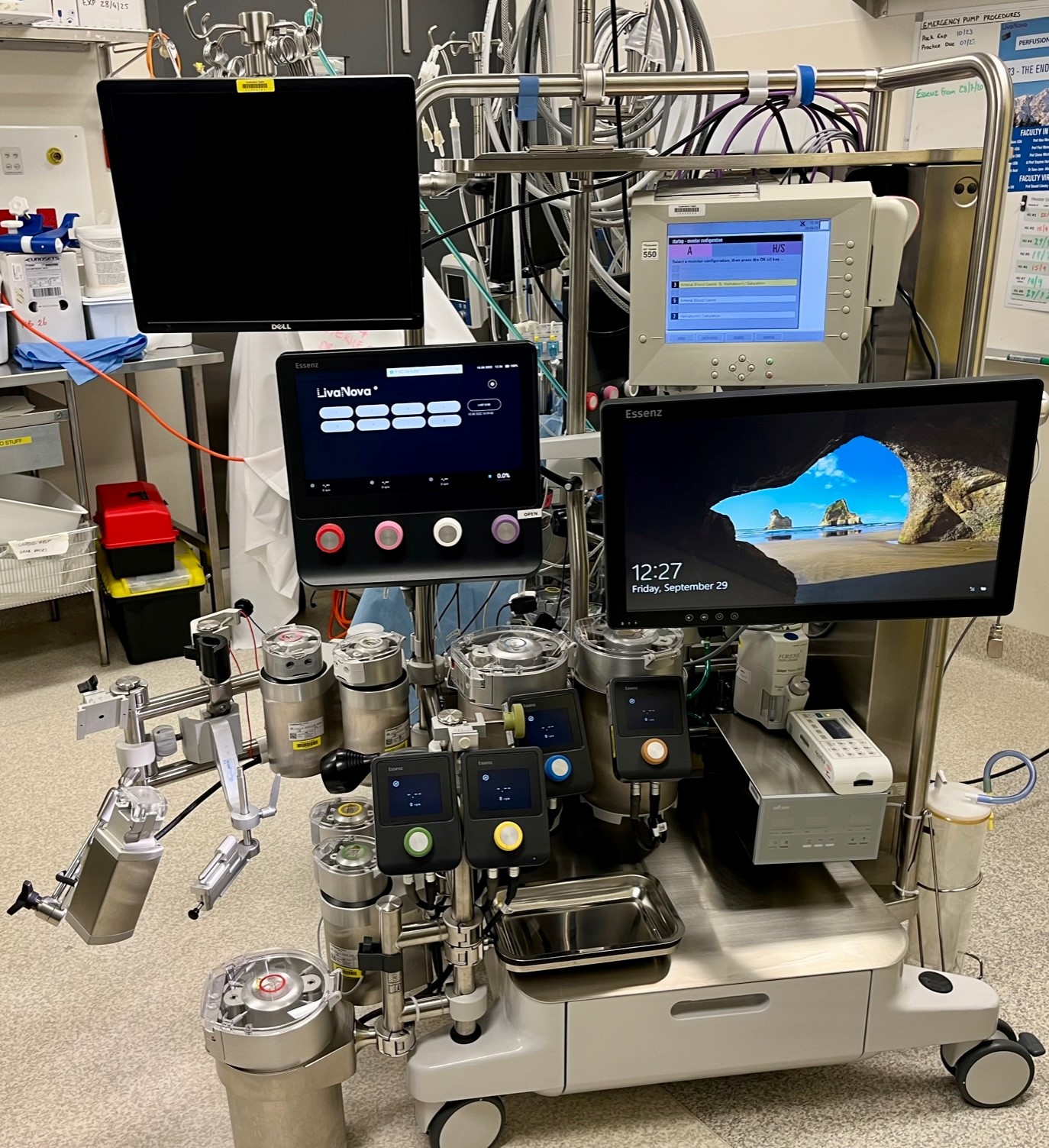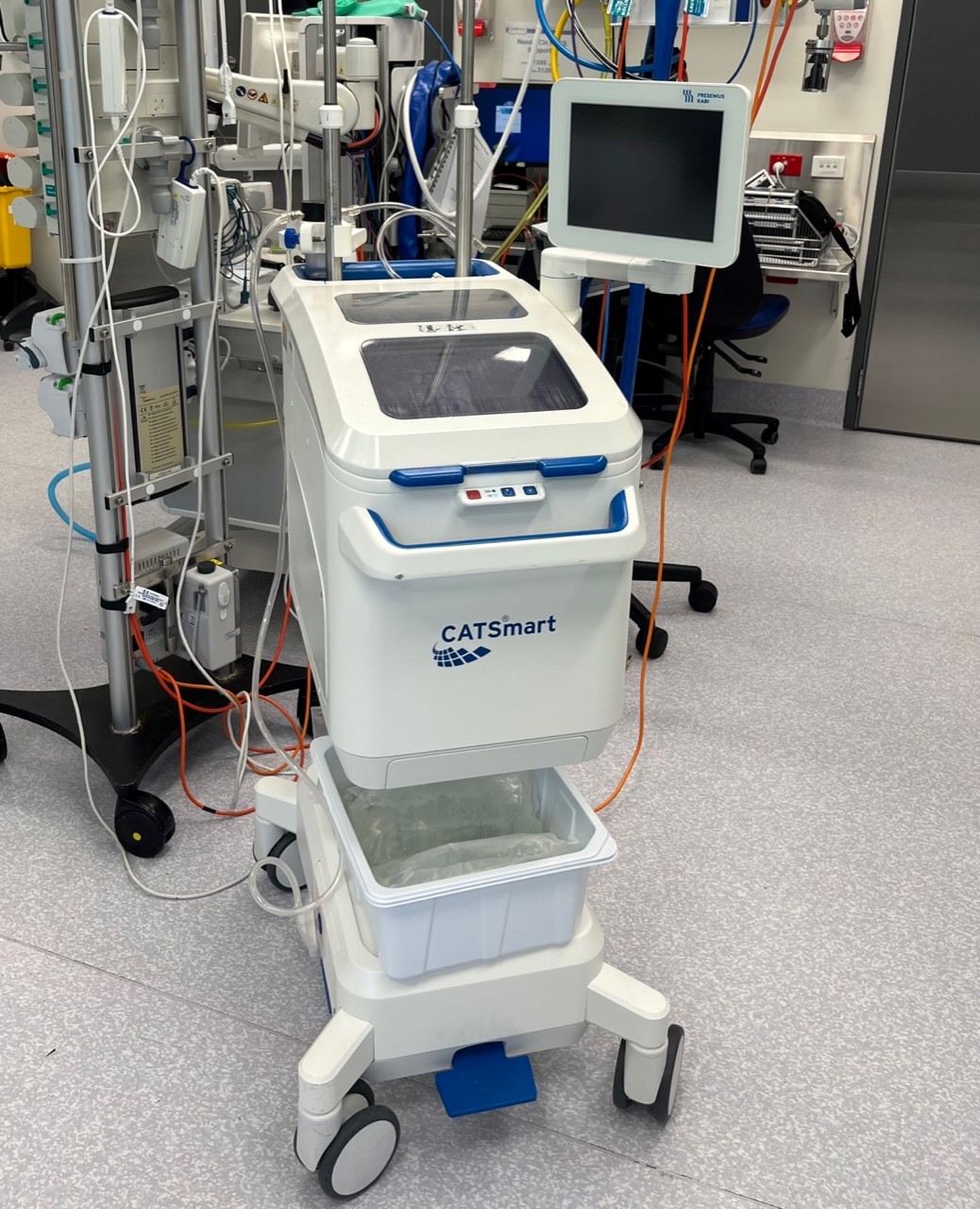
About Bloody Time: Understanding The Critical Role Of Perfusionists
While the profession of perfusion—or being a perfusionist—is not as widely known in the context of allied health, the role they perform is essential in healthcare, for many heart operations require the use of cardiopulmonary bypass. A key responsibility of the perfusionist is to keep the blood pumping during surgery—meeting the metabolic demands of the patient, supplying an adequate ‘cardiac output’, circulating oxygenated blood to keep a patient perfused and stable in the operating theatre, and for most cardiac surgeries delivering a specific solution to stop or ‘arrest’ the heart, allowing the surgeon to perform surgery. There’s more: they also control the patient’s temperature and monitor closely the patient blood gas chemistry to ensure appropriate ranges are maintained; they operate the heart lung bypass machine as well as other types of equipment relating to the profession—such as intra-aortic balloon pumps (IABP), autotransfusion machines and extracorporeal life support (ECLS) equipment, just to name a few—during medical situations where it’s necessary to support or replace a patient’s circulatory function.
Perfusion is indeed a small-but-critical allied health profession; a relatively small number of trainee placements are made available each year, making it a challenging ‘niche’ career pathway to pursue.
We had an opportunity to speak to Carla Zazulak, Director of Perfusion at Queensland Children’s Hospital and President of the Australia & New Zealand College of Perfusionists (ANZCP). Carla has been working as a specialised paediatric perfusionist since 2005 but started her career in a mixed unit with both adult and paediatric in 1998. Carla started the Paediatric Cardiac Perfusion service at Mater Children’s Hospital in 2008, as well as the first Extracorporeal Life Support Service (ECLS) in Queensland.
Tell us about your current role as a perfusionist. Are you working with a particular team in a public setting?
I am currently the Director of Perfusion at the Queensland Children’s Hospital in South Brisbane, where we cover patients from newborn up to eighteen years of age. It’s a quaternary level hospital for the state of Queensland. I have been with this unit since it opened in 2008 at the Mater Children’s Hospital and continued in my role when it transitioned to the new Queensland Children’s in late 2014.
Tell us a little bit about your journey: perfusionist isn’t well known in allied health. How (and why) did your professional journey start, and where has it taken you?
I finished a Bachelor of Science and interviewed to be a physiology technician/cardiac technician, which I enjoyed doing for two years before I was successful in gaining a trainee perfusionist position. The advantage of coming from a physiology technician background is that you have a solid grounding in the diagnostic parts of cardiac physiology and measurement—which segways nicely into the perfusion training.
How did you get your current role?
I was working as a senior perfusionist at The Children’s Hospital at Westmead in Sydney when I was told about an opportunity in Queensland to open a new standalone paediatric cardiac service at the Mater Children’s—the surgeon I worked with at Westmead was moving to Queensland to be part of the new unit, and I decided to apply for the chief perfusionist job that was advertised. I was successful and then had to build the perfusion unit from scratch, including buying hardware, consumables, and recruiting staff.

Is ‘working with blood’ something you always knew you would do?
No not at all. However, when I was lucky enough to visit the cardiac theatre and sit alongside a qualified perfusionist I realised it was something that I had a strong interest in and did not have any reservations about working with blood.
What do you like most about your career pathway?
It’s very technical as well as patient-centred, especially in paediatrics where we modify all that we do to suit the size and complexity of the patient. It’s being of service and working at a very high level and within a high performing multidisciplinary team—which is interesting and has moments of calm mixed in with occasional emergencies—it’s challenging and rewarding.
What are some key highlights of your career so far?
Working in several different units over the past 25 years, as well as participating in some Open Heart International (OHI) trips for charity. The biggest challenge as well as highlight was successfully starting and maintaining a new perfusion service in Queensland, to be of service to cardiac children across the state who require cardiac surgery with cardiopulmonary bypass, as well as starting the first in-house Extracorporeal Life Support (ECLS) service in Queensland.

How essential is a perfusionist to an operating theatre?
We are essential—cardiopulmonary bypass cannot occur without a perfusionist; therefore, many types of cardiac surgery would not be able to go ahead without us. We also offer many support services, such as autotransfusion, standby bypass, ECLS, point of care testing, etc. We are an important part of the team whose duties are varied. Some perfusionists are also involved with organ retrieval, organ preservation, and support for heart, lung, and liver transplants, as well as short-to-long-term ventricular assist devices. There are many areas that we are skilled in, and duties can be wide-ranging depending on the unit you work in.
What key skills prepared you for your chosen career pathway?
Critical thinking is vital, as is excellent communication and manual dexterity. Common sense and an ability to remain calm during challenging situations. Being an effective team player and an ability to work with a diverse range of colleagues every day—part of a multidisciplinary group. A solid science background, preferably with a good understanding of cardiac and respiratory physiology prior to entering a trainee role where you can then work toward certification (CCP ANZ). Always keeping in mind that the patient deserves your full attention and for you to be aware of contemporary best practice techniques. Maintaining annual certification via continuing professional development and an appropriate caseload is important.

What advice would you give to your ‘first-year self?’
Try to fully understand the enormity of what we do each day and the risk involved—and keep patient safety front of mind—and always seek to improve your practice and learn from other colleagues as well as visiting other units. Get involved with the Australia and New Zealand College of Perfusionists to be of service to this small but amazing group of allied health professionals.
What advice would you give to someone interested in pursuing this career pathway?
It’s very competitive, with trainee perfusion positions only coming up occasionally, and many excellent candidates applying. Make sure that the subjects taken in your bachelor’s degree are relevant and consider seeking employment in a hospital or healthcare environment in another area, such as physiology technician, cardiac technologist, anaesthetic technician, biomedical technician, or clinical researcher, while waiting for an opportunity for a trainee perfusionist post. These will give you a great base to build upon as well as real life experience. However, trainees can come from a wide background, if they meet the entry criteria.
Read more about the perfusion profession | View Carla Zazulak’s LinkedIn profile | Visit the Australia & New Zealand College of Perfusionists (ANZCP) website
—-
AHP Workforce provides allied health workforce planning, strategy and consulting for employers, managers and stakeholders. Click here to view our consulting portfolio. For tailored, data-driven allied health workforce solutions, contact us today.





